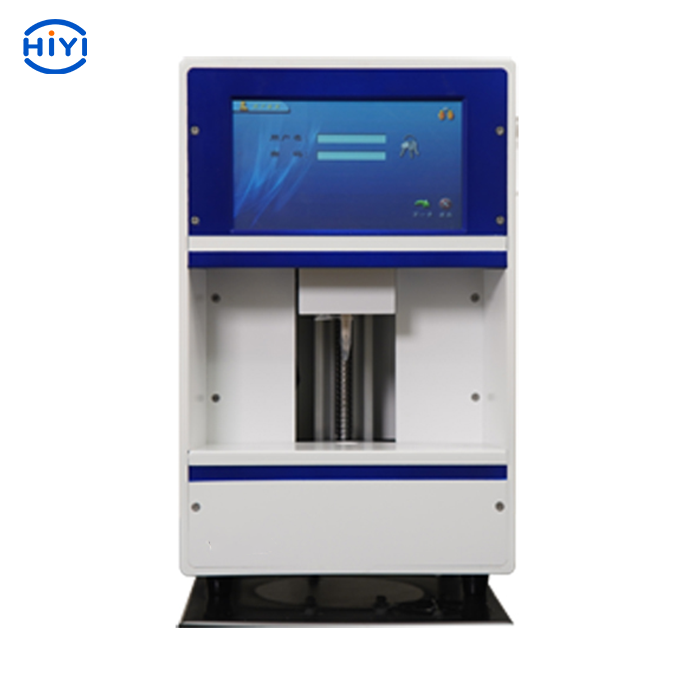Penn State Particle Separator
(Pennsylvania Sieve)
Introduction:
Having the proper particle size distribution of feeds is an important part of ration formulation. However, until recently, particle size has been difficult to measure on farms. Many dairy nutritionists have developed subjective measures of this aspect of the diet, and most have been quite effective making ration changes with respect to particle size measurements.

Features:
The Penn State Particle Separator (PSPS) provides a tool to quantitatively determine the particle size of forages and total mixed rations (TMR). The updated 2013 version of the PSPS adds the ability to estimate physically effective fiber (peNDF) to this tool. The objective of developing the PSPS was to mimic the complex lab method with a simpler, on-farm method. The newest refinement allows for an estimation of the quantity (%) of a forage or TMR that provides physically effective fiber to the dairy cow.

Using the separator:
Stack the four plastic separator boxes on top of each other in the following order: sieve with the largest holes (upper sieve) on top, the medium-sized holes (middle sieve) next, then the smallest holes (lower sieve), and the solid pan on the bottom. Place approximately 3 pints of forage or TMR on the upper sieve. Moisture content may cause small effects on sieving properties, but it is not practical to recommend analysis at a standard moisture content. Very wet samples (less than 45 percent dry matter) may not separate accurately. The separator is designed to describe particle size of the feed offered to the animal. Thus, samples should not be chemically or physically altered from what was fed before sieving.
On a flat surface, shake the sieves in one direction 5 times, then rotate the separator box one-quarter turn. There should be no vertical motion during shaking. Repeat this process 7 times, for a total of 8 sets or 40 shakes, rotating the separator after each set of 5 shakes.
See the sieve shaking pattern shown in Figure :



Example of the calculation of total weight and cumulative percentages under each sieve.
| 1Cumulative percentage undersized refers to the proportion of particles smaller than a given size. For example, on average, 95% of feed is smaller than 0.75 inches, 55% of feed is smaller than 0.31 inches and 35% of feed is smaller than 0.16 inches. |
| Record and Calculate Data |
|---|
| Sample | Weight Retained | Proportion Remaining On Each Sieve |
|---|
| Upper sieve (0.75 inches) | 10 grams [a] | a/e * 100 = 10/200 * 100 = 5% |
| Middle sieve (0.31 inches) | 80 grams [b] | b/e *100 = 80/200 * 100 = 40% |
| Lower sieve (0.16 inches) | 40 grams [c] | c/e * 100 = 40/200 * 100 = 20% |
| Bottom pan (< 0.16 inches) | 70 grams [d] | d/e * 100 = 70/200 * 100 = 35% |
| Sum of Weights | 200 grams [e] |
|
| Compute Cumulative Percentage Undersized1 |
|---|
| % Under upper sieve | f = 100 - (a/e *100) | 100 - 5 = 95% undersized |
| % Under middle sieve | g = f - (b/e*100) | 95 - 40 = 55% undersized |
| % Under lower sieve | h = g - (c/e*100) |
55 - 20 = 35% undersized |
| Sieve | Diameter of the hole, mm | The size of the delayed particles | Recommended percentage in feed mixes |
| Top Sieve | 19.0 mm | More than 19 mm | 2 - 8 % |
| Medium sieve | 8.0 mm | 8 to 19 mm | 30 - 50 % |
| Bottom sieve | 1.3 mm | 1.3 to 8 mm | 30 - 50 % |
| Pallet | - | Less than 1.3 mm | Less than 20% |























